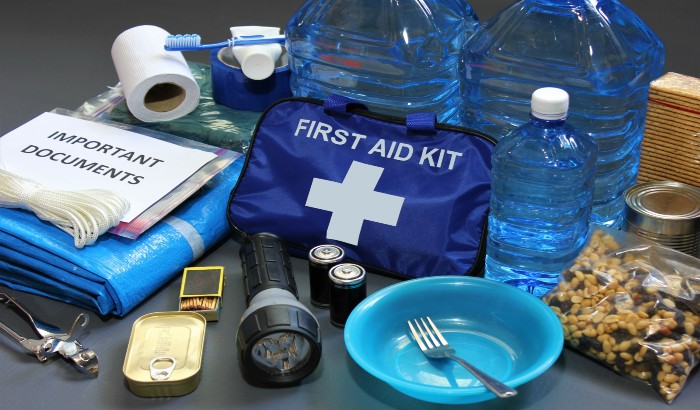
Signs of Water Damage
A common problem, especially among older homes with old plumbing, is water damage, and knowing the signs of water damage is a must. Water damage

A common problem, especially among older homes with old plumbing, is water damage, and knowing the signs of water damage is a must. Water damage

Disaster can strike at any moment, so being prepared with all the essential emergency items is wise. An intense storm or natural disaster can leave

With winter fast approaching, people all across the nation will be lighting up their fireplaces to heat their homes. If your home features a fireplace,

Most homeowners don’t want to deal with mold, understandably. Not only is it unsightly, but it poses a safety hazard to their family. Mold poses

An air scrubber can benefit your home and business’s air quality, but should everyone invest in one? Usually, when you hear the word “pollution,” you

Natural disasters can be terrifying and devastating, but it is vital to know how to stay safe in an earthquake. When an earthquake occurs, it

Regularly cleaning your window wells is critical, yet many homeowners fail to see the importance of maintaining them to prevent water damage. Window wells are

Bedroom fires make up half of all home fire deaths and are where electrical fires start. However, by implementing some tips, you can easily prevent

Whether it’s small or large, fires can do significant damage, but lingering smoke can cause several issues, including respiratory conditions in people.

Smoke damage can wreak havoc on your home. Whether it’s from a kitchen fire or an electrical fire that happened from faulty wiring, these problems can be costly and make your home smell terrible.